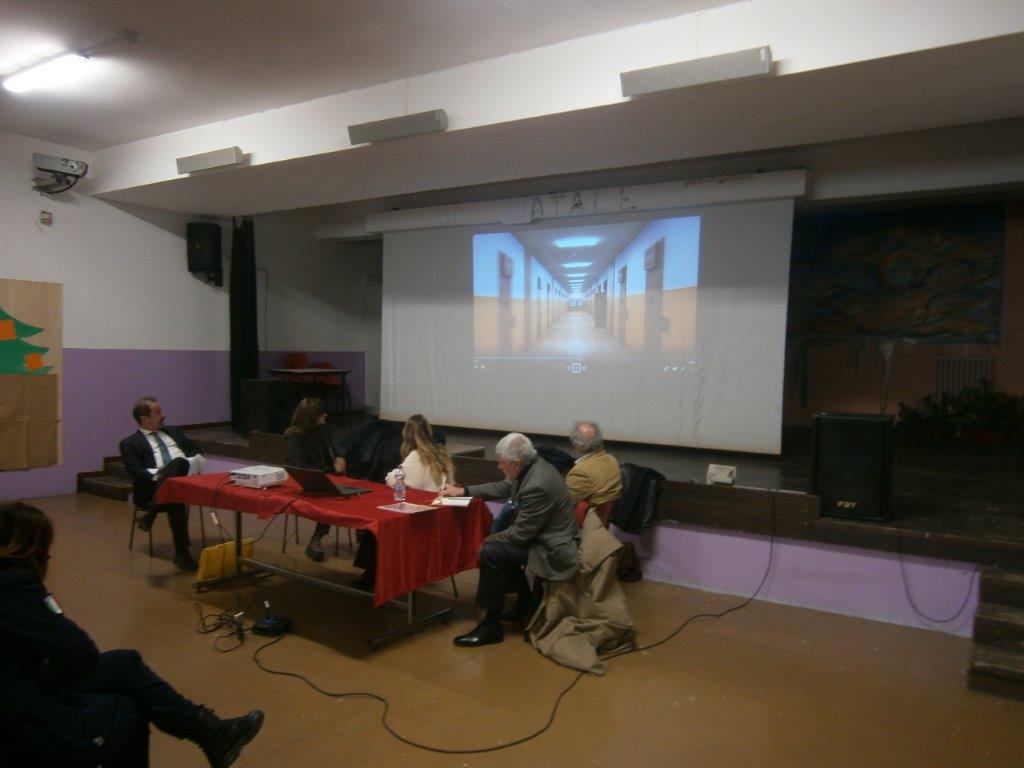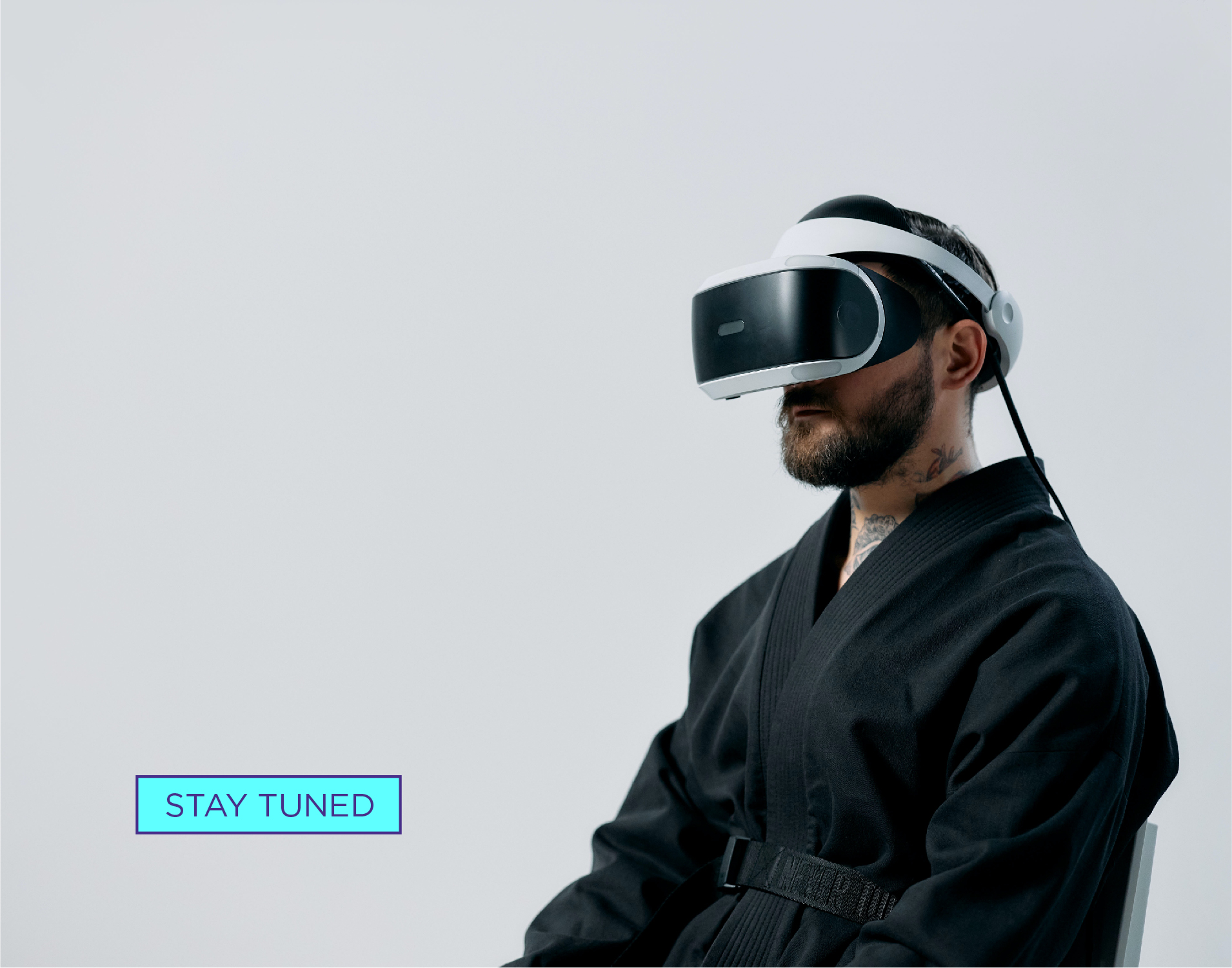Prisoners, custody staff and their commander, prison director, journalists, scholars and architects: all around the same table. It doesn’t happen often in Italy. Yesterday at the Bassone Prison in Como, the results of Ri-CO-struire, a multi-disciplinary project funded by Fondazione Cariplo, were presented. Present were Institute Director Fabrizio Rinaldi, Professor Enrico Lironi, a BOD member of Cariplo’s, Emanuela Saita and Antonia Sorge of the Department of Psychology at Università Cattolica of Milan, architect Cesare Burdese and architects Davide Ruzzon and Ashwanth Ramkumar of Lombardini22’s TUNED Business Unit.
The objective of the research was to measure the impact of prison architecture on the well-being of prison workers and inmates in order to prepare architectural solutions on three areas of the Institute.
TUNED helped to initially develop, with the whole team, a multifactorial matrix to combine psychological, neuroscientific, and social aspects with the characteristics of the space (light, materials, color, geometric form, and context) in order to design the different factors at play to promote the well-being of inmates and staff.

The use of the multifactorial matrix made it possible to place the intervention on Bassone in a broader frame of reference capable of linking the architectural and spatial properties of the internal and external areas of the Casa Circondariale to the psycho-physical dimension of the people who pass daily through it and inhabit it.
After this first phase, Lombardini22’s team developed three-dimensional digital representations of the spaces under consideration in order to assist the research group at the Università Cattolica of Milan in conducting an experiment involving a sample of inmates and custody staff. The video produced allowed the 73 people involved to simulate walking through three digital environments that, thanks to a special visor, induced a high degree of immersion in the virtual space. During and following the visual experiences, participants were taken physiological parameters and asked a series of questions based on tests validated through other experiments.
The heart of the design proposal suggests removing prison settings from their afflictive atmosphere and transforming them into a plurality of atmospheres that are more domestic, familiar, relaxed or revitalizing through the repositioning of ceilings, wall objects, colors, lights and materials, plants and views of the outdoors. Inside the cell six different perceptual micro-fields were identified, thus constructing a ‘house within a house’. Each cell in this manner is different from the threshold of entry, and each individual sphere deputed to accommodate a different time of day. Because of the emotional state expected by people, in the different cores, the ceiling height changes to create distinct bodily sensations, or background feelings, bringing in color, materials and light.
This allows for modulated variation in the perceived emotions evoked by the space. Like the cells, the other spaces studied can be improved: thanks to the compression or decompression of the physical boundaries around the immediate sphere enveloping the body, what is defined as peri-personal space, different bodily sensations are evoked, which can also become feelings. All the inner realms of different areas can be made more lively and activating, or more intimate and relaxing.
TUNED has even developed application guidelines, starting with general ones, on the spaces in the ordinary detention section, semi-release detainees, as well as on one of the courtyards.
Since these guidelines, relating to the internal characteristics of the aforementioned areas, architect Cesare Burdese, a great expert in prison institution design, defined the architectural layouts. He did so by assuming within the project the most advanced indications coming from the Ministerial Commissions about the reform of Italian prisons, the regulations, and the most functional aspects, in order to realize what Burdese calls the ‘prison of the constituent fathers.

